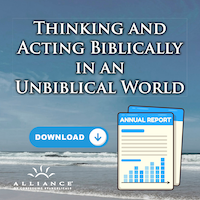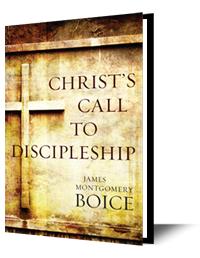The Parable of the Sheep and the Goats - Part One
LESSON
1 G. Barrois, "On Medieval Charities," in Service in Christ, ed. James I. McCord and T. H. L. Parker (London: Epworth Press, 1966), p. 72.
2 William Barclay, The Gospel of Matthew, vol. 2, Chapters 11 to 28 (Philadelphia: Westminster Press, 1958), p. 360.
3 William Barclay,The Gospel of Matthew, vol. 2, p. 359.
4 David Hill, The Gospel of Matthew in "The New Century Bible Commentary” (Grand Rapids: Wm. B. Eerdmans, and London: Marshall, Morgan & Scott, 1981), p. 331.
5 H. A. Ironside, Expository Notes on the Gospel of Matthew (Neptune, N.J.: Loizeaux Brothers, 1948), pp. 339,340.
6 John A. Broadus, Commentary on Matthew (Grand Rapids: Kregel Publications, 1990), p. 510.
7 D.A. Carson, God With Us: Themes from Matthew (Ventura, Calif.: Regal Books, 1985), p. 150
STUDY QUESTIONS
- What is the dilemma in the first three interpretations of the phrase, "the least of these brothers of mine?"
- Name the three tests found in 1 John for identifying yourself as a Christian?
Think and Act Biblically from James Boice is a devotional of the Alliance of Confessing Evangelicals. It is supported only by its readers and gracious Christians like you. Please prayerfully consider supporting Think and Act Biblically and the mission of the Alliance.

















